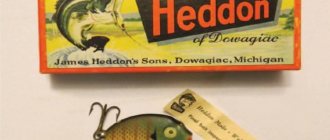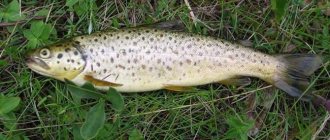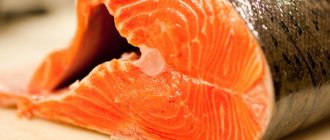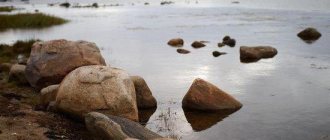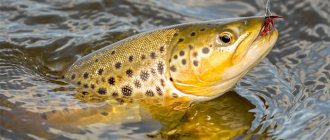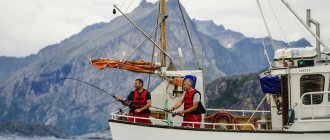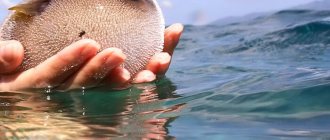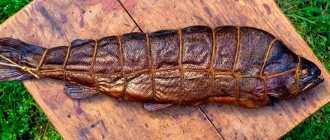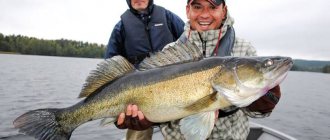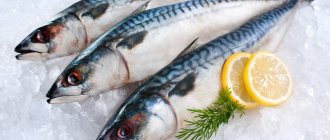Summer season
At the very beginning of the summer season, float rods and spinning rods, and in some cases fly fishing, are popular. At this time, in large reservoirs the water has not yet had time to heat up - the period of ice melting and spawning lasts longer there. But this has its advantages, for example, if in small reservoirs the pike’s zhor has already ended, then on large lakes it is just beginning.
On hot summer days, roach moves along the reeds and banks, where the water is already quite warm. But bream gather in a small flock of 5-10 individuals and live in pools with a pit.
June is not the most successful month for catching perch; at this time it is near the shore, and there are no large specimens there. But pike perch is actively caught in the morning and at dusk. They catch it with a “donka” or a side fishing rod. In addition to pike perch, ide is actively biting, preferring to stay near the coast and feed on almost everything that comes across the surface of the water.
In July, water begins to bloom in reservoirs. First of all, it blooms in small ponds, and after 6-10 days in deep places. It may seem that in July the bite decreases compared to June, but this is not the case. The fish simply changes its location and feeding area. For example, ide and roach bite as actively as in June. You need to catch them at dawn and at dusk, gradually switching to night fishing.
In the first half of August, fishing is similar to fishing in July. Predators can change their preferences for bait; this must be determined experimentally.
In the second half of August the situation is already changing. Now you need to catch perch near the reeds, in the coastal part of the lake. In addition to perch, grayling and pike can be caught using spinning rods.
